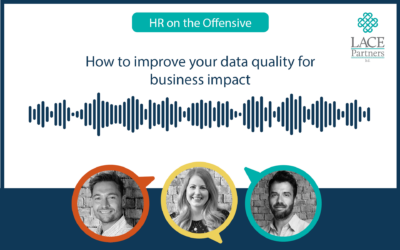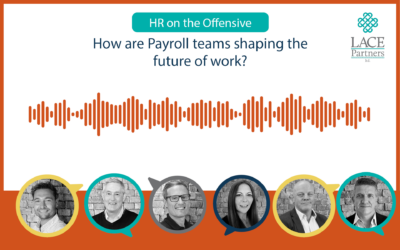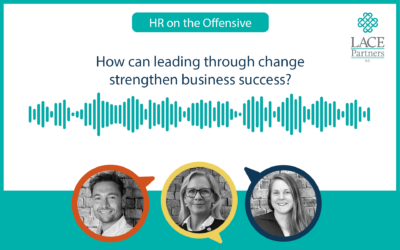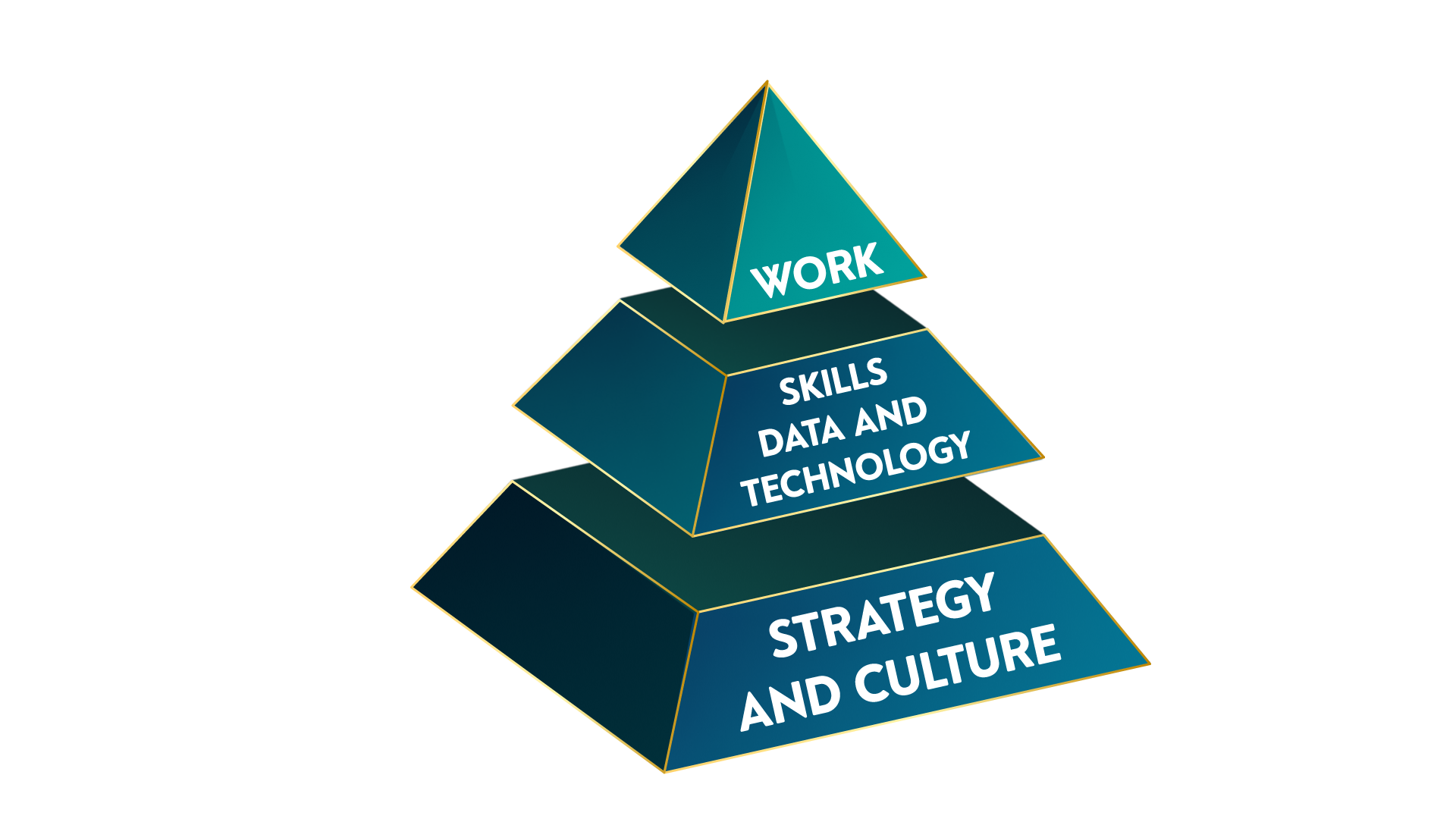
According to our skills survey so far, the main blocker to skills approaches in the market is that people don’t know where to start.
Unpacking the jargon is one of the first steps to figuring out if a skills approach is for you and where you want to get started.
If you haven’t taken our skills survey yet, share your thoughts here!
A skills strategy should be a part of your wider business strategy and is one of the ways you can deliver on it. Deciding to become a skills-based organisation should be led by a clear view of what you’re looking to achieve. To help you get there, we’ve put together some of our most common questions relating to skills and strategy.
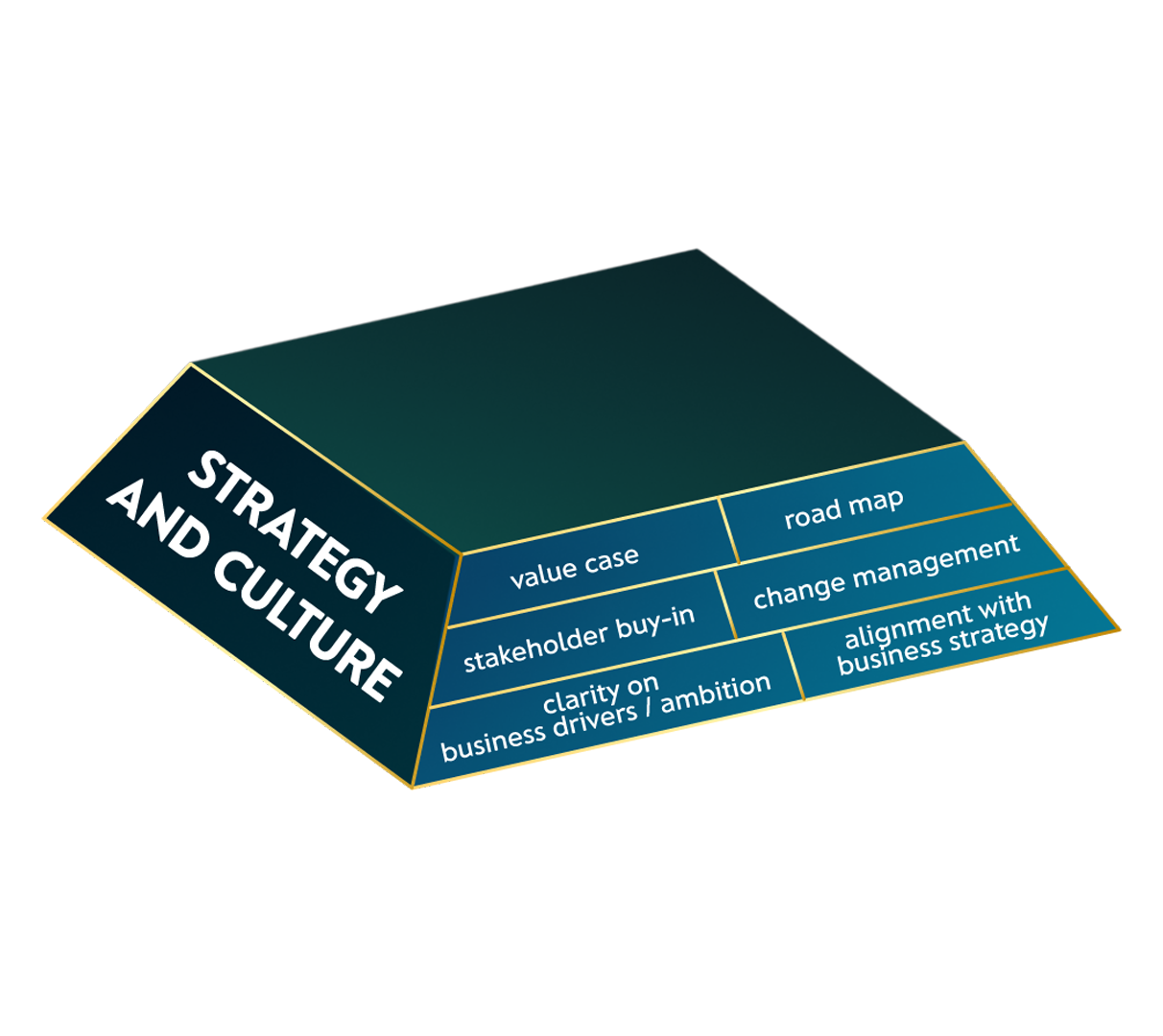
What is a skills-based organisation?
In a skills-based organisation (SBO), your skills define the work you do rather than your job title.
Work is broken down into tasks and projects that are matched to employees with the right experience and capabilities instead of worrying about whose job it is. To make this work, leaders need to buy in to the idea that skills are an important way to think about how they use their workforce to deliver on objectives – in contrast to traditional jobs and work experience.
As an example, meet Chiara, one of our lovely Senior Managers:
In an organisation where work is organised by job descriptions, we may make assumptions on Chiara’s associated skills but they are not defined and mapped. Whereas in a skills-based organisation, per the example below, employees can be searched for and understood through their individual skills.
Job-based

Senior Manager
Skills-based

HR transformation
Process design
HR Shared Services
EX design
HRIS implementation
Change management
Do you need a specific skills strategy?
Not necessarily. Ideally your skills strategy should be directly linked to how you will deliver on your business strategy – specifically identifying the skills you need to achieve your business objectives and the timeframes required.
For example, if you are transforming your organisation, you will need cultural change, project management and leadership alignment skills. The skills vs jobs shift is, they do not need to come from the same person AND they may already exist in your organisation.
What cultural changes do you need to make skills succeed?

don't touch or delete
What is a skill?
We all know about hard vs soft skills, but what about understanding which skills are easily transferrable to other business units (such as project management) vs technical or product specific skills?
One of the first problems faced when deciding to split work between skills rather than job titles is that in many organisations there is not a common skills language.
Amplify that to global teams, multiple divisions and you may have several different terms for an individual skill. How can you find someone with good stakeholder management if most other teams call it EQ (emotional intelligence) or people skills?
Each known skill may also reveal associated skills or hidden ‘sub-skills’. For example, you may be able to infer that someone highly rated at line management, may be an effective communicator or have strong interpersonal skills.
What is a skills taxonomy?
A skills taxonomy is an inventory of what skills you currently have or wish to have in your organisation.
This database should capture technical and soft skills that are required to meet the demands of the organisation, and these can be split and categorised in many ways, from technical to functional, leadership to operational. Effort wise, it can be homemade, bought or even scraped from LinkedIn.
How do you build a skills taxonomy?
Examples are also emerging on the market of organisations using the wealth of skill data on LinkedIn for information about their own employees – if you want to find out about LinkedIn’s Skills Insights you can do so on their FAQ page here.
While collating and documenting this data may feel like an unmanageable task at first glance, there are technologies that enable quick and effective information gathering with minimal effort.
What’s the difference between a skills taxonomy and a skills ontology?
If your taxonomy is your minimum viable product, a list of skills with some hierarchy, a skills ontology is it’s more detailed older brother.
Over time you can start to develop your skills taxonomy into a skills ontology, categorising and grouping skills to build out the relationships between them.
You may also look to include more complex elements of talent management beyond what someone can do, mapping in their interests and preferences, how skills can be combined to be more effective and how it all can boost strategy of your organisation.
Managing your skills data will be an ongoing process, refining and reacting to changing requirements and should be closely linked with workforce planning to future-proof your organisation.
Does having a skills taxonomy remove the need for job architecture?
There are two options around what to do with your job architecture.
You can either evolve your existing architecture to support a skills approach, or build a skills architecture to sit alongside your existing set up.
Having fewer, broader roles that are mapped to job levels based on skills and type of work, even if only in a few areas at first, will build familiarity with the new approach and gives an opportunity to refine and test the success of it.
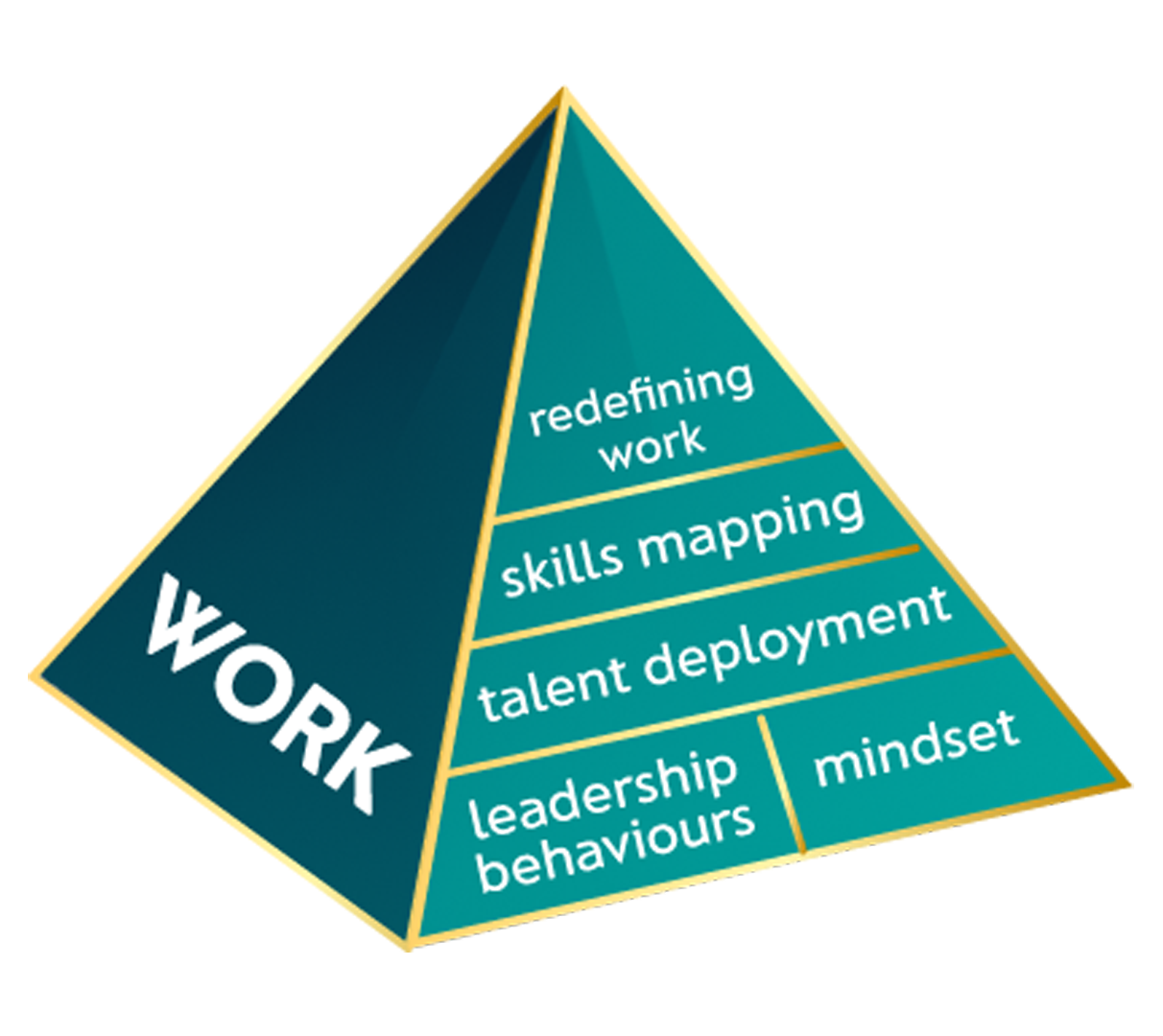
Once you have skills data, you now need to think about how work gets done.
Historically, work is organised into specific jobs. Your team will be used to matching candidates to a job description, instead line managers and leaders will need to build capability in understanding which skills can deliver which part of the work required. Your workforce will need to be cognizant of their own skills, confidently articulate their ambitions as well as their development areas.
How can you redefine ‘work’?
Work is a set of tasks or activities required to achieve the business outcome. Organisations looking to take a skills-based approach can take this opportunity to first look at the types of activities a specific set of jobs are expected to perform and consider how these activities can be performed in the most efficient way possible – by:
1. Automating tasks, using AI to remove tasks altogether
2. Exploring alternative delivery models such as:
-
- Moving work to more appropriate teams or outsourcing
- Delivery of specific work on a project-basis using internal or external skills
Understanding which skills can tackle each task is a new way of thinking. It can be a challenging mindset shift for managers who haven’t previously had to think this way. We will be covering how to shift mindsets for employees and managers later in this series.
don't touch or delete
How can you match skills to work?
Matching skills to work involves identifying the skills required to complete the tasks / activities required and where in your organisation those skills exist.
Understanding where skills are in your organisation is the first step to matching these skills to where they are required in the organisation. The process will also highlight where you have gaps that need filling through training or external recruitment. Technology that supports skills matching is now commonly available through best-of-breed providers and big HRISS vendors – where people can indicate the skills they have, but also those they want to develop.
Whilst skills matching is an important first step, it does not take away from a cultural fit to ensure that the right skills can be seamlessly deployed to your organisation.
What is a talent marketplace?
A talent marketplace is one of the technology functionalities available to support skills matching.
It is a digital platform that connects your employees with work, based on their skills. Many vendors offer the infrastructure for this, often leveraging AI to reduce manual work. It can range an internal job board to more complex platforms integrating employee preferences to match the right people with the work that needs doing.
In summary:
You don’t need to give equal weighting to all the foundational elements discussed here.
Many organisations have been able to get started without getting bogged down in the details of complex skills ontologies – your decision just needs to be driven by a clear understanding of what you’re looking to get out of this and where the business priorities lie.
Consider starting small, collating the data you have available and testing it out on a specific recruitment or learning use case in an area where there is a real business challenge to solve.
Review the progress regularly, learning from what you have tried and iterating, refining and growing your foundations at every step of the journey; and be sure to celebrate the successes and acknowledge the learnings across the organisation, to embed it into the culture.
Through this approach you can build something tangible, tried and tested, that you can scale out to the wider business when the time is right, tied to the long-term goals of your organisation.
Read our quick-start guide for skills-based organisations for further information, or contact us if you need any help. Even if you don’t need help, if you’d like to stay in the loop for the rest of our campaign content and events by filling out the form below. Remember the basics you need are:
A list of skills you have today
A list of skills you want for the future
To map your skills to your people

